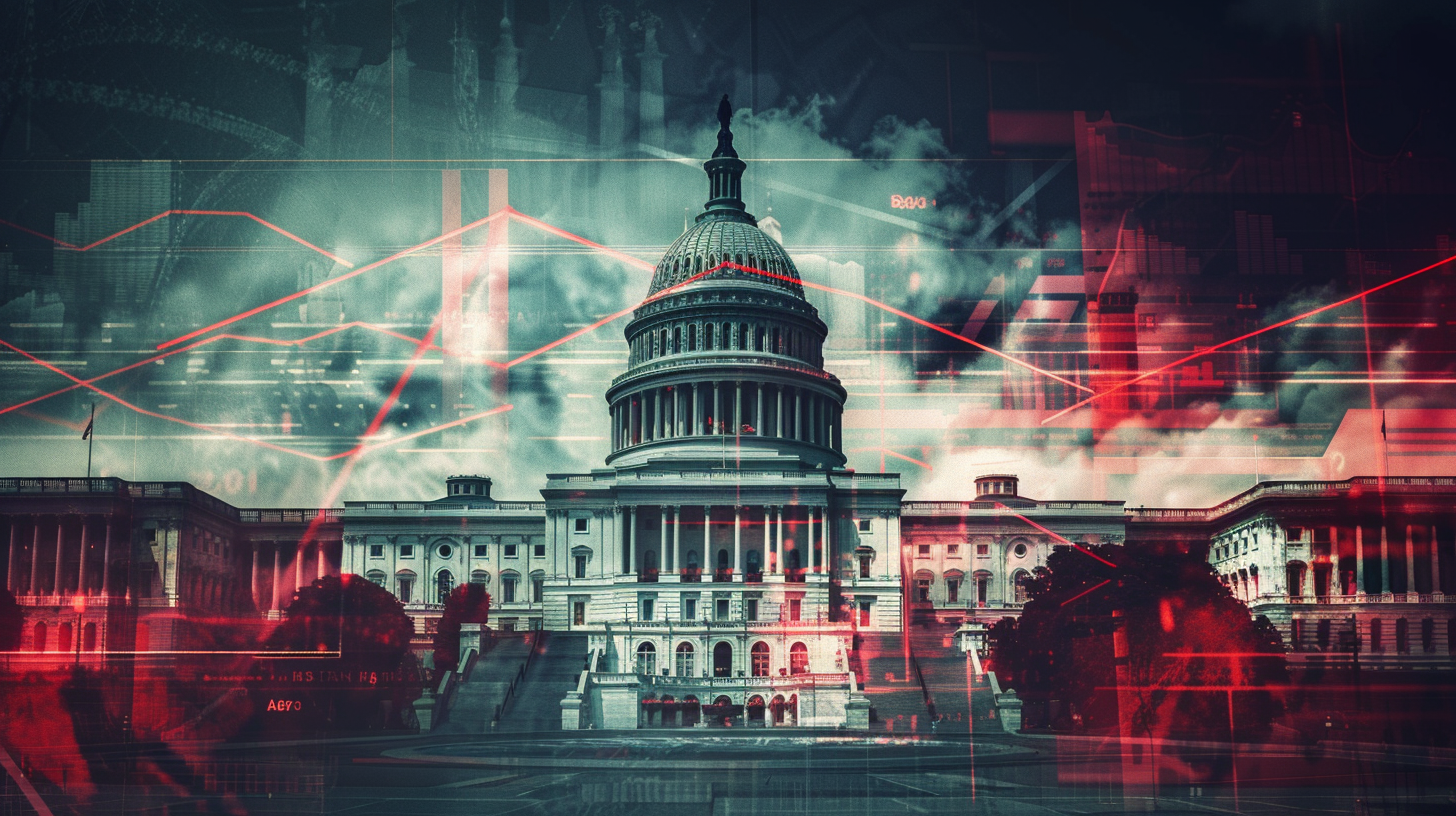In an unexpected fiscal twist, the U.S. Treasury reported a $27 billion surplus in June — the first time in years the federal government has posted black ink for this particular month. Driving the surprise? A surge in customs duties fueled by newly imposed tariffs under President Donald Trump’s aggressive trade agenda.
The surplus, while modest compared to the year’s broader budget picture, stands in stark contrast to the $316 billion deficit recorded in May. More importantly, it signals how tariff policy is beginning to influence federal revenues in meaningful ways, even as concerns about growing debt and interest costs remain front and center.
The most striking data point from the report was the $27 billion in customs duties collected during June — a 301% increase compared to June 2024. The revenue bump is largely attributed to Trump’s across-the-board 10% tariffs enacted in April, along with a broader set of reciprocal tariffs targeting specific trade partners.
So far this fiscal year, tariff collections have reached $113 billion, an 86% increase year-over-year. These revenues are helping to temporarily offset the impact of broader fiscal challenges, including persistently high debt servicing costs and increased spending in select areas.
This spike in duties comes as negotiations continue with several of America’s largest trading partners. While some sectors — particularly manufacturing and agriculture — have expressed concern about long-term consequences, the short-term impact on federal finances is undeniable.
The June surplus wasn’t only about tariffs. Total federal receipts rose 13% year-over-year, while outlays declined by 7%. Adjusted for calendar shifts, the month would have otherwise shown a $70 billion deficit — still an improvement, but a reminder that structural deficits remain.
Year-to-date, government receipts are up 7%, outpacing the 6% growth in spending. However, the fiscal year deficit still stands at $1.34 trillion with three months remaining, reflecting broader trends that include rising entitlement costs and major legislative spending.
Despite the June surplus, one area of spending continues to cast a long shadow: interest on the national debt. Net interest payments reached $84 billion in June — higher than any other spending category except Social Security. For the fiscal year so far, the U.S. has paid $749 billion in net interest, with projections pointing toward a staggering $1.2 trillion in interest payments by year-end.
These figures highlight the growing burden of servicing the nation’s $36 trillion debt, especially as Treasury yields remain elevated. While Trump has pressured the Federal Reserve to cut interest rates — a move that would help reduce the cost of borrowing — Chair Jerome Powell has signaled caution, particularly given the potential inflationary effects of the new tariffs.
The June surplus provides a rare moment of good news for Washington’s balance sheet, but it may not signal a lasting trend. Much of the improvement stems from one-time revenue boosts and calendar effects. Long-term fiscal stability will still depend on broader policy decisions around spending, entitlement reform, and economic growth.
That said, the recent uptick in tariff-related revenues highlights how trade policy — often viewed primarily through an economic or geopolitical lens — can play an important role in shaping government finances.
If tariff collections continue to surge, they may provide more than just leverage in trade talks — they could also help bridge some of the budget gap. But as with all policy tools, the question remains: at what cost?






